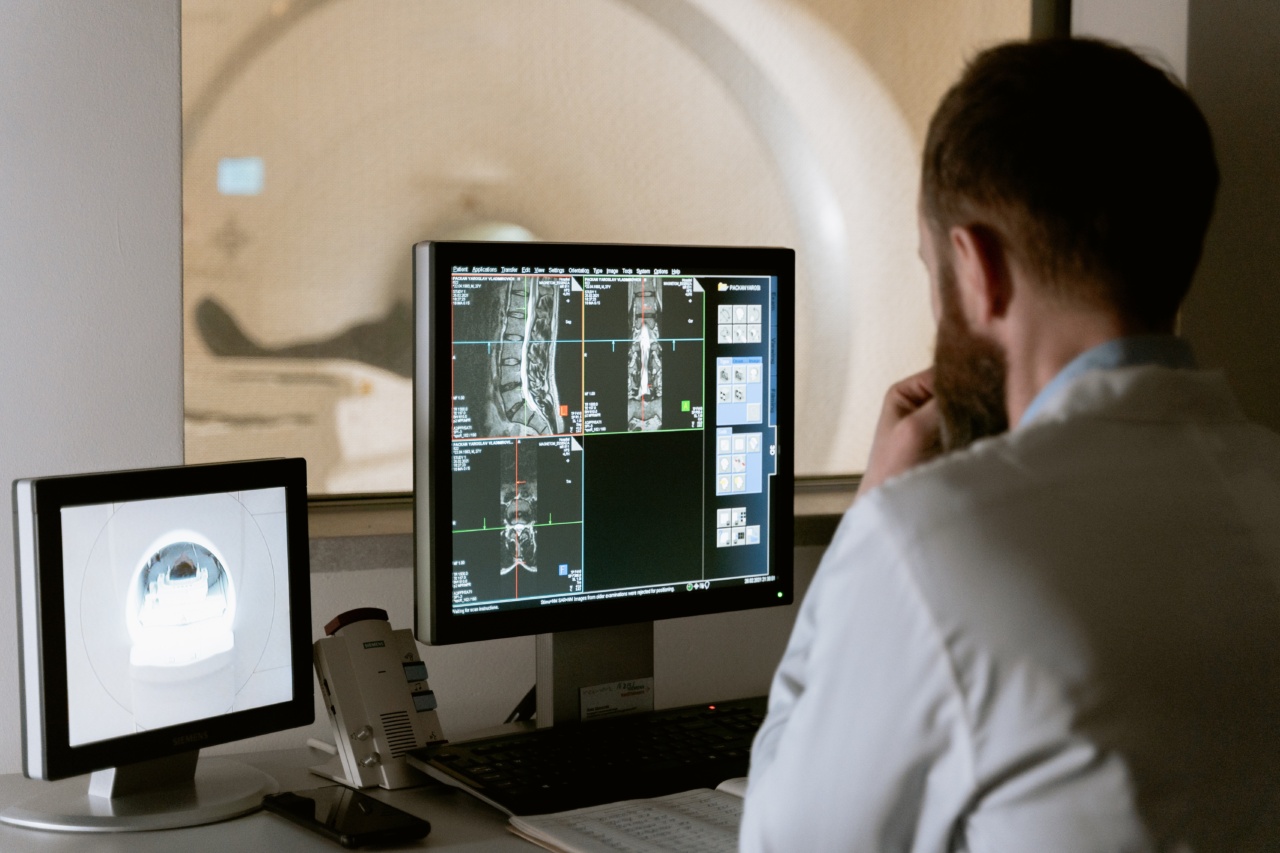Breath testing refers to a non-invasive diagnostic tool that can help uncover hidden health problems by analyzing the composition of one’s breath.
It is a simple yet effective technique that has gained significant popularity in recent years due to its accuracy, reliability, and ease of use. This innovative method allows for the detection of various health conditions, ranging from gastrointestinal disorders to metabolic diseases and even certain types of cancer.
How Does Breath Testing Work?
Breath testing works on the principle that our breath contains a wide range of volatile organic compounds (VOCs) that can provide vital information about our health status.
These compounds are generated by the metabolic processes in our body and are released through our breath. By analyzing the type and concentration of these VOCs, medical professionals can identify specific health conditions.
The process of breath testing typically involves the use of a specialized device known as a breathalyzer or a breath sensor.
The individual undergoing the test simply breathes into the device, which then measures the presence and concentration of various VOCs in their breath. The data collected is then analyzed by medical experts to draw meaningful conclusions about the person’s health.
Applications of Breath Testing
Breath testing has a wide range of applications in the field of healthcare. Some of the key areas where this technique has proven to be highly valuable include:.
1. Gastrointestinal Disorders
Breath testing has revolutionized the diagnosis of various gastrointestinal disorders, including irritable bowel syndrome (IBS), small intestinal bacterial overgrowth (SIBO), and lactose intolerance.
By analyzing the levels of hydrogen and methane gases in a person’s breath, doctors can determine if they have an underlying gut condition and devise appropriate treatment plans accordingly.
2. Helicobacter pylori Infection
Helicobacter pylori (H. pylori) is a type of bacteria that infects the stomach and is one of the primary causes of gastric ulcers and certain types of stomach cancers. Breath testing can detect the presence of H.
pylori by analyzing the levels of specific compounds, such as carbon isotopes, in a person’s breath. This non-invasive method has largely replaced the need for invasive endoscopic procedures for detecting this infection.
3. Diabetes Monitoring
Breath testing offers a convenient way to monitor blood glucose levels in individuals with diabetes. By measuring acetone levels in the breath, doctors can estimate the concentration of glucose in the blood.
This method eliminates the need for frequent finger pricks and provides a less invasive alternative for monitoring glucose levels on a regular basis.
4. Cancer Detection
Breath testing has shown promising results in the early detection of certain types of cancers, including lung, breast, colorectal, and gastric cancers.
Cancerous cells release unique compounds during their metabolic processes, and these compounds can be detected in a person’s breath. While breath testing is not a stand-alone diagnostic tool for cancer, it can serve as a valuable screening method that aids in the early detection of malignant tumors.
5. Metabolic Disorders
Breath testing has also been used to uncover underlying metabolic disorders such as phenylketonuria (PKU) and maple syrup urine disease (MSUD).
By analyzing the levels of specific VOCs in the breath, doctors can identify if a person has a genetic disorder affecting their metabolic processes. Early detection and intervention in these cases can significantly improve the person’s quality of life.
The Advantages of Breath Testing
Breath testing offers several advantages over traditional diagnostic methods:.
1. Non-Invasive
Unlike blood tests or invasive procedures, breath testing is completely non-invasive. It simply requires an individual to breathe into a device, limiting discomfort and reducing the risk of complications or infections.
2. Cost-Effective
Breath testing is often more cost-effective than other diagnostic methods. It eliminates the need for expensive lab tests or sophisticated imaging techniques, making it a more affordable option for both patients and healthcare providers.
3. Convenient and Quick
Breath testing is a quick and convenient process that can be performed at a doctor’s office, clinic, or even at home in some cases. The results are typically available within a short period, allowing for prompt medical intervention, if required.
4. Reliable and Accurate
The advancements in breath testing technology have made the technique highly reliable and accurate. It can provide quantitative measurements of specific compounds, allowing for precise diagnosis and monitoring of various health conditions.
The Future of Breath Testing
As researchers continue to explore the vast potential of breath testing, its applications are likely to expand even further.
Ongoing studies are investigating the use of breath testing for the early detection of other diseases such as Alzheimer’s, tuberculosis, and kidney diseases. Moreover, advancements in portable breathalyzer devices may soon make breath testing accessible to a wider population, enhancing early detection rates and overall healthcare outcomes.
In Conclusion
Breath testing is a remarkable diagnostic tool that can uncover hidden health problems by analyzing the composition of our breath.
Its non-invasive nature, cost-effectiveness, and reliability make it an attractive option for both patients and healthcare professionals. With further research and advancements, breath testing has the potential to revolutionize the way we diagnose and manage various health conditions.






























